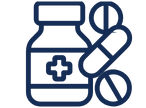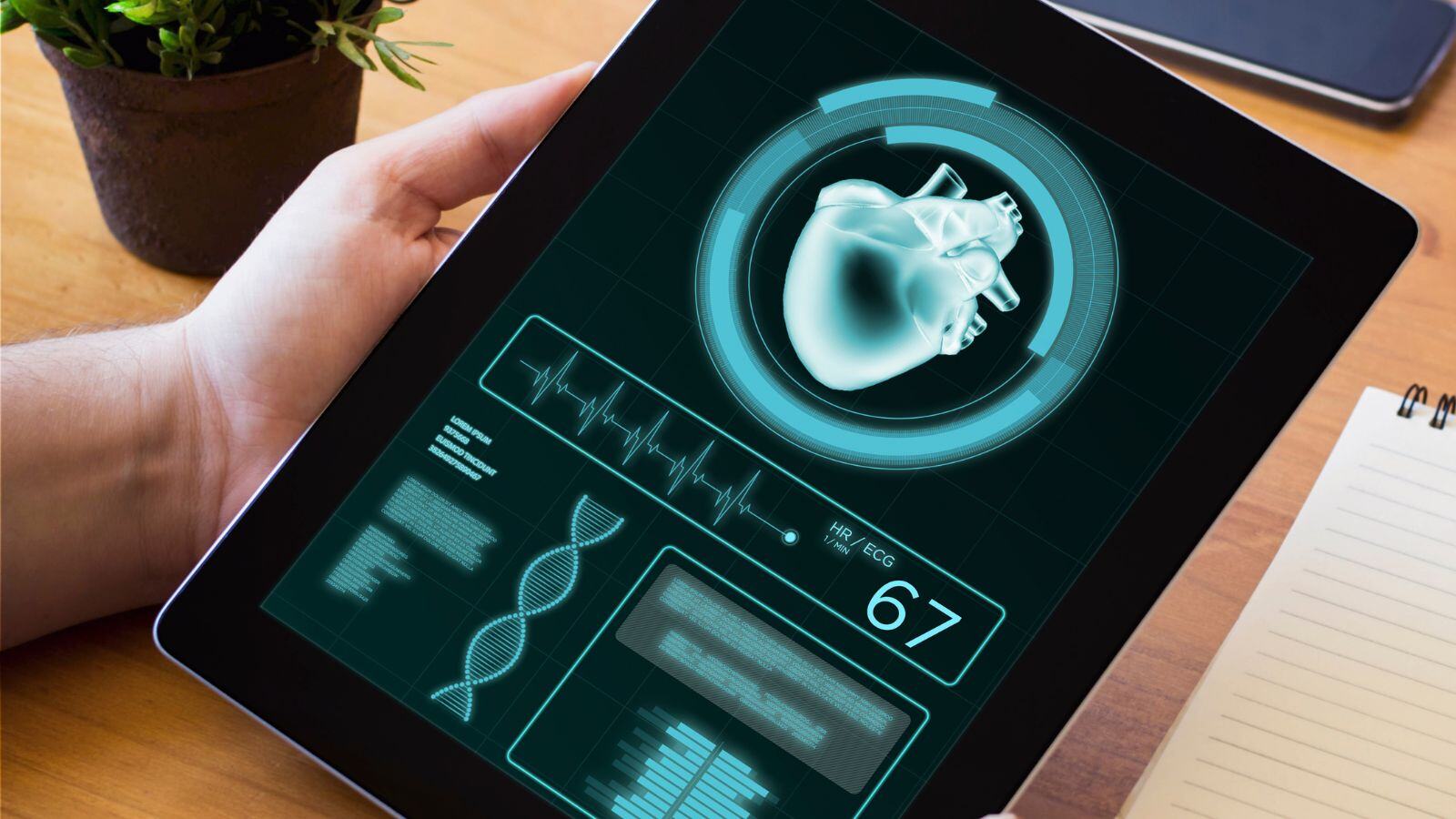When categorizing, GAMP5® takes two main aspects of a system into account: the complexity and the inherent risk. The more standard and tested software is, the lower the category and the lower the validation effort for the end user. However, the more customized the software is, the higher the category. Thus, the more testing / verification is required.

To determine which of the inventory’s computer systems has an impact on GxP processes, some characteristics should be assessed. It is possible that the same system possesses one or more of these characteristics. A computer system has an impact on GxP processes if:
- The creation, maintenance or preservation of records or documentation is related to GxP businesses, such as evaluating product quality and making security decisions;
- Automation best practices, product quality or decisions have an impact on product safety;
- The data is used as input or output for or from other system and that data is GxP related.
Examples of impact on GxP are:
- Patient safety: the release of products and managing information for patient use (batch, instructions, expiration), e.g. HPLC, software coding, etc.
- Product quality: systems directly involved in making or evaluating critical parameters, e.g. IR spectrum, TOC, PLC or an autoclave, etc.
- Data integrity: the ERP systems, inventory control, document management systems, etc.
- Regulatory compliance: SGC control systems, spreadsheets with training plans or maintenance control, electronic logbooks, etc.
- Internal policies: systems that manage the qualification of personnel, security systems, etc.
A category 1 most likely doesn’t require validation. An example of a category 1 is the commercial operating system, e.g. Windows, Linux. These infrastructure systems serve the application to function. They are verified and tested indirectly during validation. A verification of the installation and version control must be in place.
Furthermore, if computer systems do not have an impact GxP businesses evidence of this should be provided, for example through a system characterization with the help of a checklist.
Hopefully this gives you an impression of what to focus on when it comes to validation efforts. Our next blog will talk about what else can impact product quality. In the meanwhile, please contact us if you have any questions concerning computer system validation!







.png?width=109&height=108&name=Pharma%20(2).png)
.png?width=111&height=108&name=Medical%20Devices%20(2).png)
.png?width=84&height=107&name=IVD%20(2).png)



.png)









